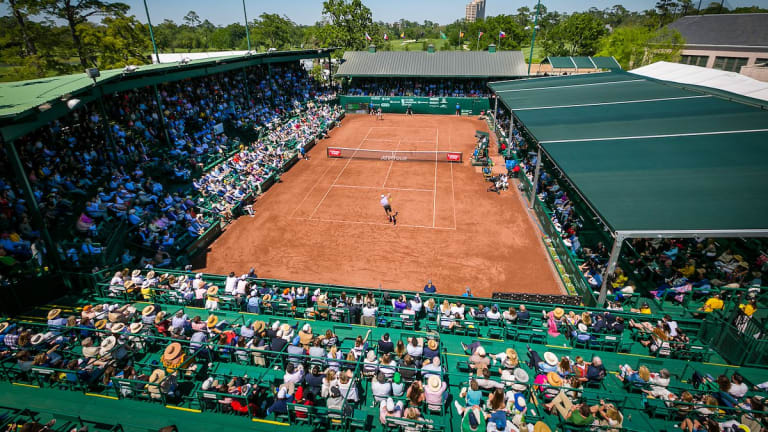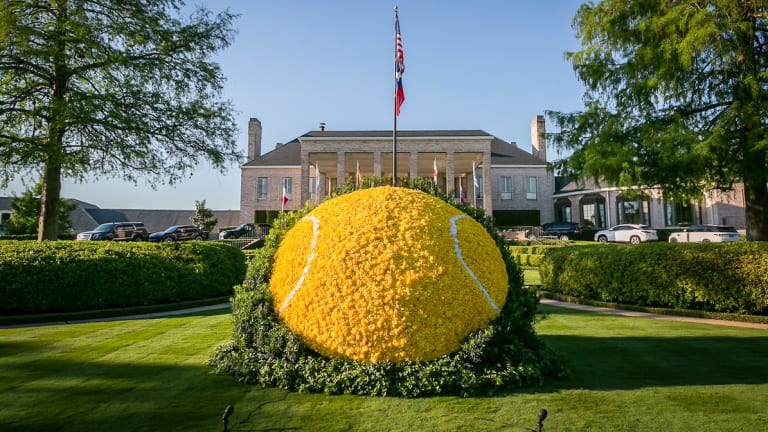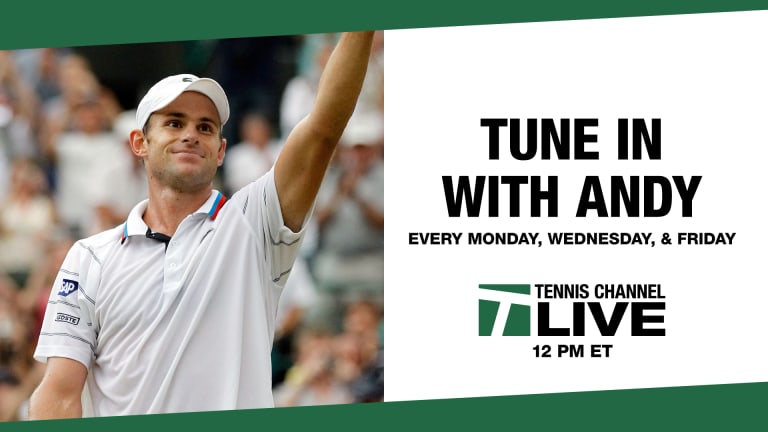ATP Houston, USA
Steeped in tradition: Houston ranks high in history of American tennis
By Apr 10, 2020ATP Houston, USA
Returning Jenson Brooksby beats Frances Tiafoe in Houston to win first ATP title
By Apr 06, 2025ATP Houston, USA
Ben Shelton and Frances Tiafoe set all-American final in Houston
By Apr 06, 2024ATP Houston, USA
Defending champion Frances Tiafoe edges James Duckworth in return to Houston
By Apr 05, 2024ATP Houston, USA
Ben Shelton advances to quarterfinals with win over Zizou Bergs in U.S. Men's Clay Court Championship
By Apr 04, 2024ATP Houston, USA
American Aleksandar Kovacevic edges Thanasi Kokkinakis in over three hours to win Houston opener
By Apr 03, 2024ATP Houston, USA
Rinky Hijikata defeats Christopher Eubanks in first round of U.S. Men's Clay Court Championships
By Apr 02, 2024ATP Houston, USA
ATP Houston event faces muddy weekend after rain cancels play for third day running
By Apr 07, 2023ATP Houston, USA
ATP Houston event canceled; tour moves Hungarian Open to Belgrade
Jan 20, 2021ATP Houston, USA
Christian Garin wins US Men's Clay Court Championship, denying Ruud
Apr 14, 2019Steeped in tradition: Houston ranks high in history of American tennis
The U.S. Men's Clay Court Championship began in 1910, and has been held in 21 different U.S. cities. In 2000, it came to Houston, at the Westside Tennis Club. Since 2008, it has remained in the same city, but has been played at River Oaks Country Club.
Published Apr 10, 2020
Advertising

Steeped in tradition: Houston ranks high in history of American tennis
Advertising

Steeped in tradition: Houston ranks high in history of American tennis
Advertising

Steeped in tradition: Houston ranks high in history of American tennis
Advertising

Steeped in tradition: Houston ranks high in history of American tennis